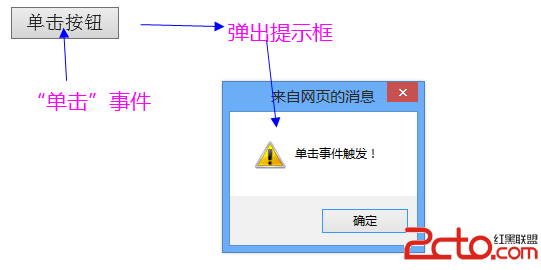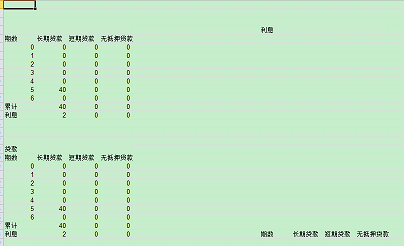配置文件:
Xml代码
<!-- 操作日志切面声明 -->
<bean id="logAspect" class="com.tq365.service.sys.log.SystemLogAspect"/>
<aop:config>
<aop:aspect ref="logAspect">
</aop:aspect>
</aop:config>
实现代码:
Java代码
/**
* 系统操作日志切面
*
* @author archie2010
* since 2011-3-17 下午02:44:03
*/
@Aspect
public class SystemLogAspect {
// int与long之Class会自动转为其封装类型之Class
private static final String integerClazz = "class java.lang.Integer";
private static final String longClazz = "class java.lang.Long";
@Resource
private SystemLogService systemLogService;
private Logger logger = Logger.getLogger(this.getClass().getName());
@Pointcut("execution(* com.tq365.service..*.*(..))")
public void myAspect() {
};
@AfterThrowing(pointcut = "myAspect()", throwing = "e")
public void doAfterThrowing(JoinPoint jp, Throwable e) {
System.out.println("出现异常:" + e.getMessage());
System.out.println(e.getClass().getName());
System.out.println("异常所在类:" + jp.getTarget().getClass().getName());
System.out.println("" + jp.getSignature().getName()
+ "方法 throw exception");
// logger.error("错误! error级别的!!!"+e.getMessage());
logger.error("Oops===" + jp.getTarget().getClass().getName() + "中的"
+ jp.getSignature().getName() + "方法抛出" + e.getClass().getName()
+ "异常");
System.out.println("参数:");
;
if (jp.getArgs() != null && jp.getArgs().length > 0) {
for (int i = 0; i < jp.getArgs().length; i++) {
System.out.println(jp.getArgs()[i].toString());
logger.error("参数:--" + jp.getArgs()[i].toString());
}
}
}
@SuppressWarnings("unchecked")
@After("@annotation(com.tq365.sys.annotation.SystemLogAnnotation)")
public void doAfter(JoinPoint jp) {
System.out.println("----------后置通知");
System.out.println("方法所在类:" + jp.getTarget().getClass().getName());
System.out.println("" + jp.getSignature().getName() + "方法");
String methodName = jp.getSignature().getName();
// 操作日志对象-----------------
SystemLog sysLog = new SystemLog();
// 操作参数-----------------
String descArgs = "参数";
if (jp.getArgs() != null && jp.getArgs().length > 0) {
for (int i = 0; i < jp.getArgs().length; i++) {
if(jp.getArgs()[i]!=null){
//System.out.println(jp.getArgs()[i].toString());
descArgs += jp.getArgs()[i].toString()+",";
}else{
descArgs +="null"+",";
}
}
System.out.println("------参数" + descArgs);
}
sysLog.setOperateArgs(descArgs);
String des = null;//方法描述
if (!(methodName.startsWith("set") || methodName.startsWith("get"))) {
Class targetClass = jp.getTarget().getClass();
//方法不定向参数Clazz...
Class[] claszs = new Class[jp.getArgs().length];
for (int i = 0; i < jp.getArgs().length; i++) {
//System.out.println(jp.getArgs()[i]);
if(jp.getArgs()[i]!=null){
System.out.println(jp.getArgs()[i].getClass());
if (jp.getArgs()[i].getClass().toString().equals(integerClazz)) {
claszs[i] = int.class;
} else if (jp.getArgs()[i].getClass().toString().equals(
longClazz)) {
claszs[i] = long.class;
}else{
claszs[i] =jp.getArgs()[i].getClass();





